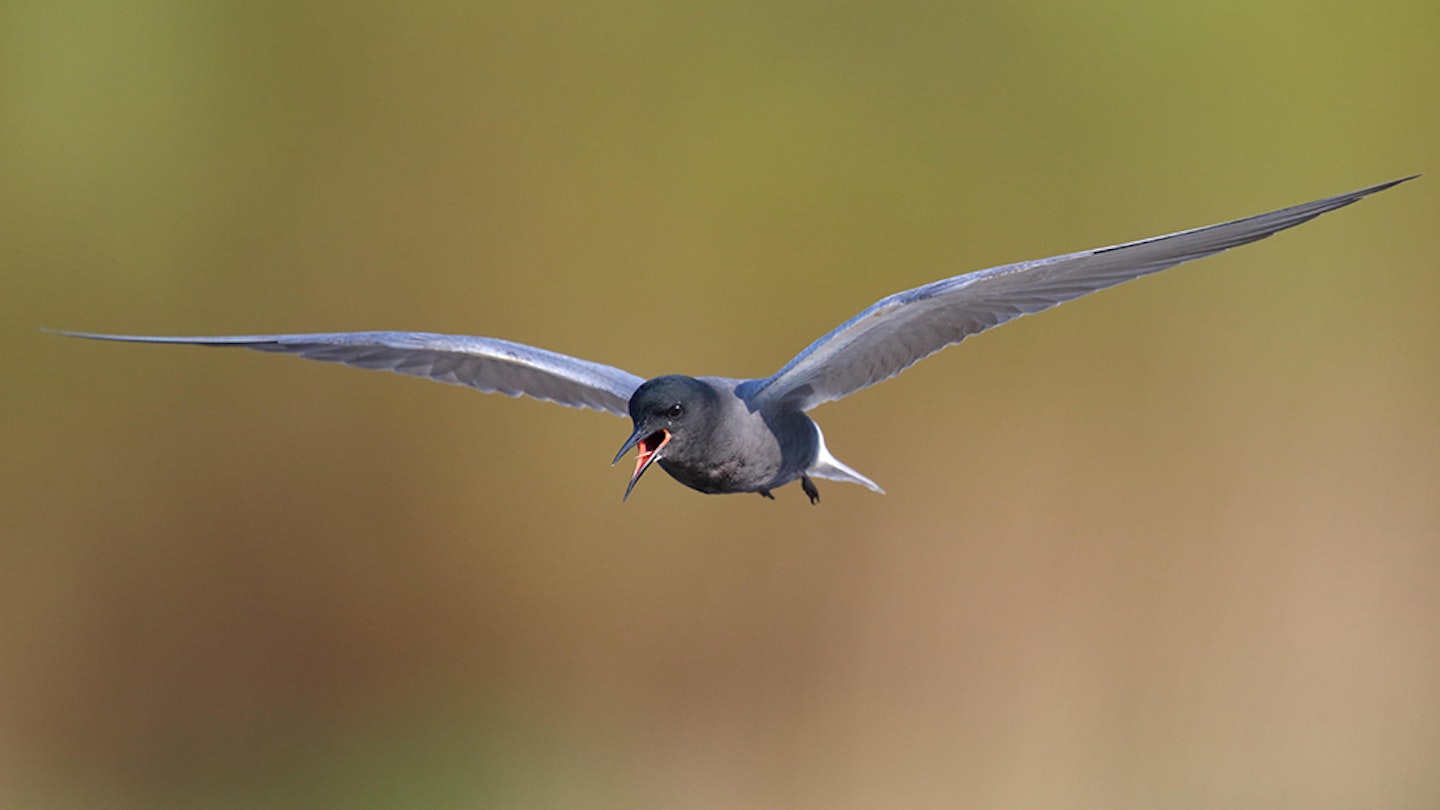May is a wonderful month, but April rivals it (and may even pip it) for excitement. The rush of migration is in full swing. This is a time for chats, terns, warblers, swallows, Cuckoos and all those other birds which make your heart sing. Here are some of the great birds to encounter this month.
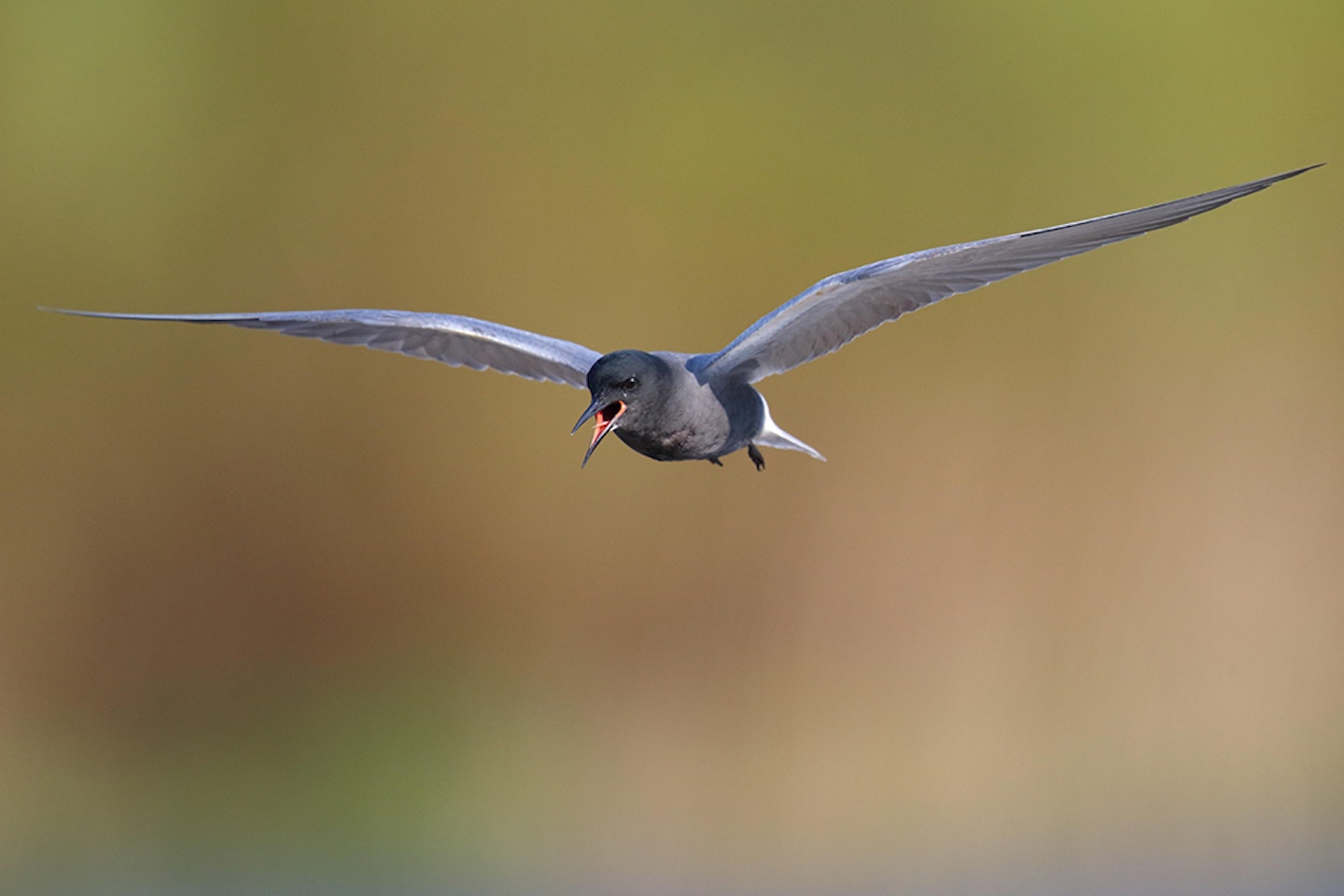
Black Tern
It is impossible to watch Black Terns in spring without hearing the word ‘elegant’. Sometimes, it will be whoever is near you watching the terns and the rest of the time it will be you saying it yourself. Black Terns are ‘marsh terns’, rather than ‘sea terns’, as likely to be seen over an inland waterbody as along the coast. They are relatively scarce birds which are seen on passage (a few hundred each year), not lingering to breed. Not much bigger than Little Terns, they fly buoyantly, dipping and ducking with great skill (and, yes, elegance) to pick morsels from the surface of the water. Sometimes seen singly but equally likely to be seen in small (or slightly larger) flocks.
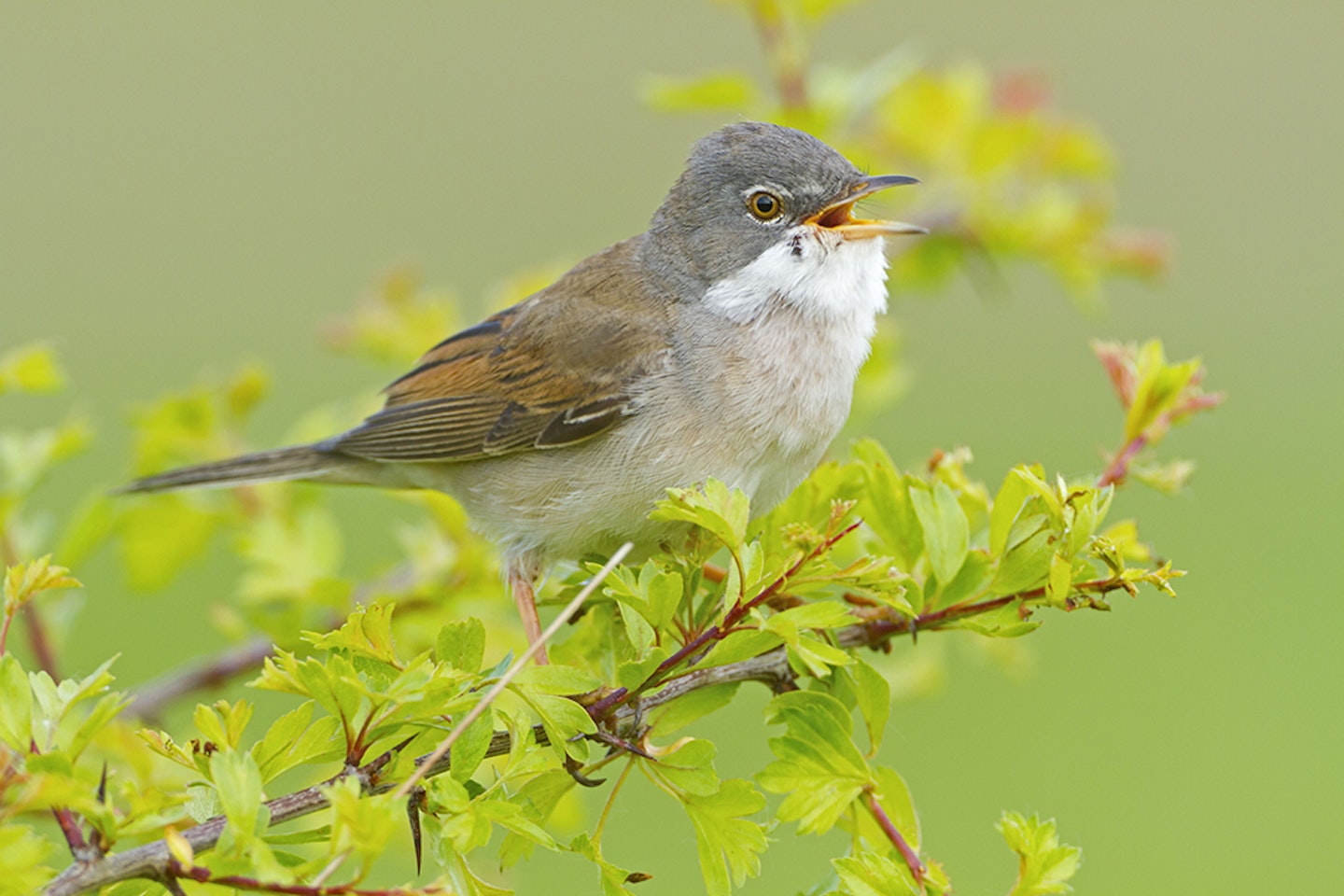
Whitethroat
Though hardly the most tuneful of spring bird songs, the scratchy warble of the Whitethroat is nonetheless among the most welcome, being a true sign that spring is really here and summer is on its way. One of our more abundant warblers, there are more than a million pairs nesting across the country, wherever there are bushes and scrub to nest in. The long tail (with white outer feathers), short wings lined with chestnut and the white throat are all distinctive, as is the short song flight (one of only a few of our warblers to sing in flight).
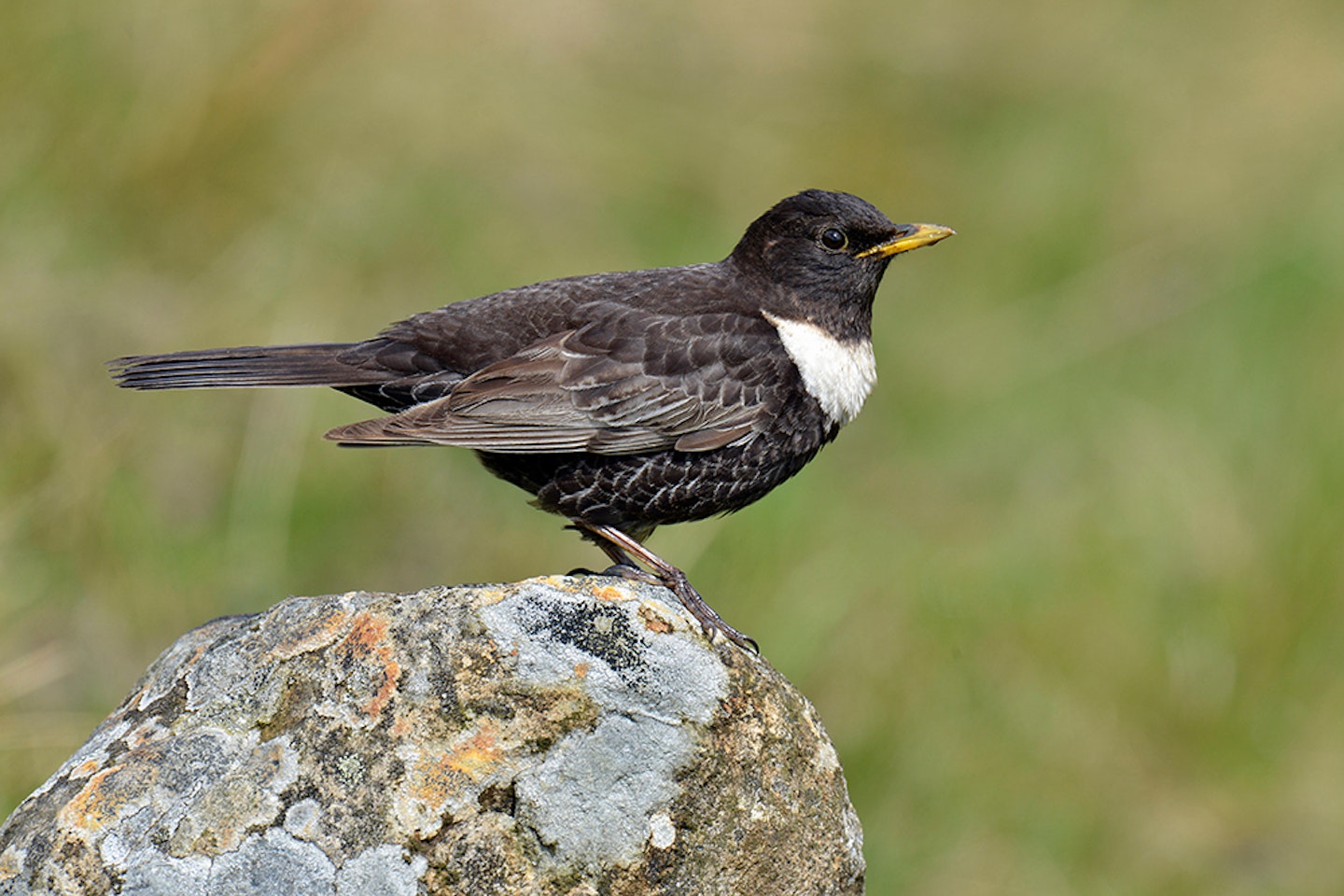
Ring Ouzel
There are six species of thrush which are regular in the UK. The Blackbird, Mistle Thrush and Song Thrush are largely resident throughout the year, and the Fieldfare and Redwing are mainly winter visitors. The sixth is the magical Ring Ouzel, the shy, wild, scaly blackbird of the mountains, which is a summer visitor to the UK, arriving in April. Being birds of high country, they are primarily northern and western breeders, but are seen at suitable habitat during their spring migration. These spring stop-off spots are often ‘traditional’, with birds appearing with some regularity. They may be local high spots, but are often areas of short-cropped grass, especially if there are trees (or a hedge) nearby to escape to at the slightest hint of danger (these are very wary birds!). Males are blacker (females browner) and have a whiter gorget and silvery ‘linings’ on the long wings. With a closer view, you can seen the body feathers are fringed in white, giving he body a scaly appearance. Beautiful birds!
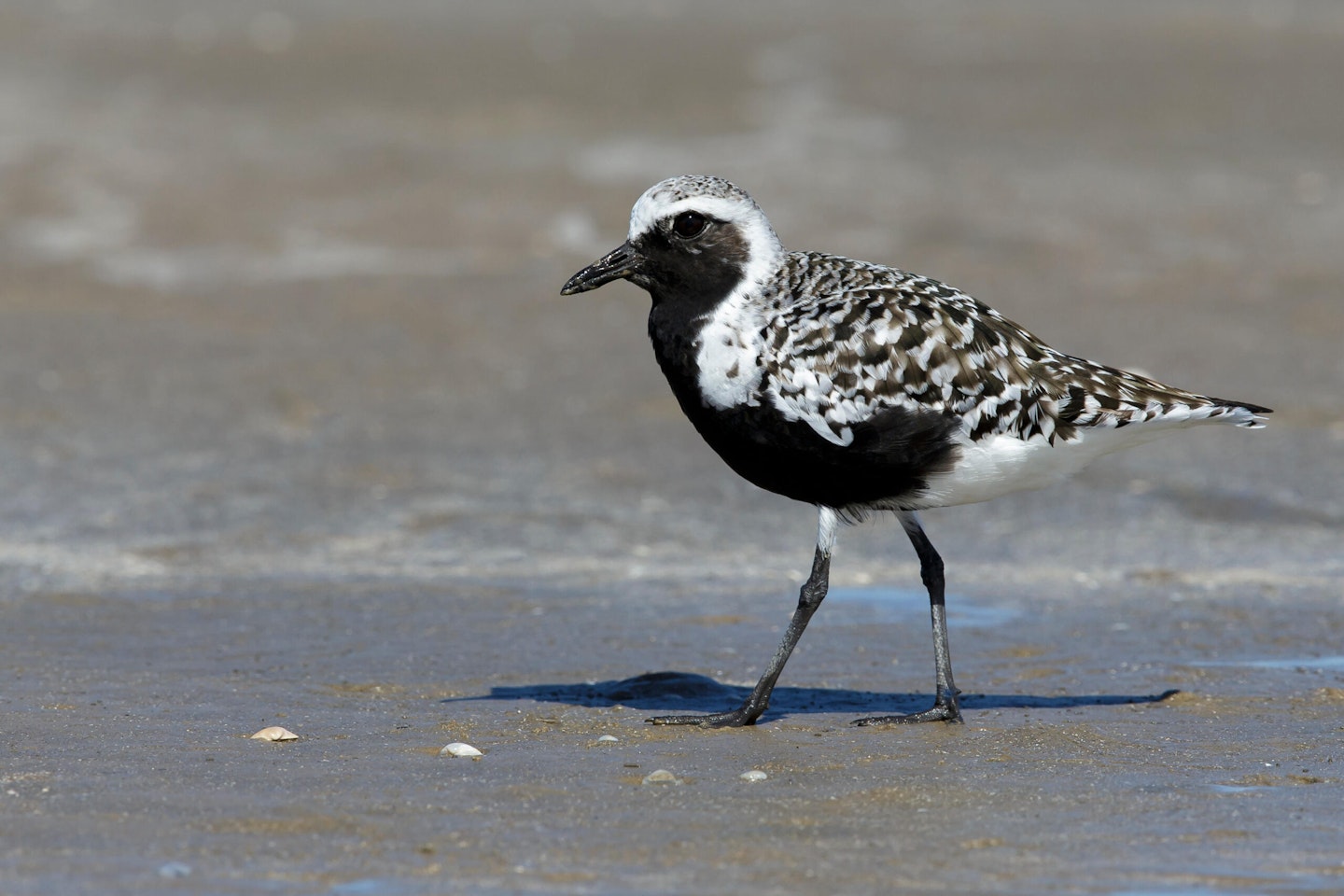
Grey Plover
Several birds have different English names in North America than in the UK. The Grey Plover is one where the American name is more appropriate, at least at this time of year: the Black-bellied Plover. In their full breeding plumage in spring, grey is not the first thing you notice on a Grey Plover, particularly a male: when the black face, breast and belly are magnificent, lined above with white; and the upperparts are gloriously spangled in black and white. Grey Plovers are not British breeders, but tens of thousands pass through the UK on the way to their arctic breeding grounds. These are primarily coastal birds, lovers of muddy and sandy estuaries and the like; but every spring they will appear in small numbers at suitable inland sites.

Slavonian Grebe
All grebes are handsome birds, and in a British context, none is more attractive than the small and scarce Slavonian Grebe in its breeding finery. The combination of reddish neck and flanks, black back and head (replete with ‘flared’ cheeks) with golden ear tufts (‘horns’) and a ruby eye make spring Slavonians unmistakable and delightful. With only about 30 pairs breeding in the country, in the Scottish Highlands, these are naturally protected birds with their breeding lochs kept somewhat secret. A few selected breeding sites are publicised, though, such as the excellent Loch Ruthven, so there is no need to go searching for sites elsewhere.
